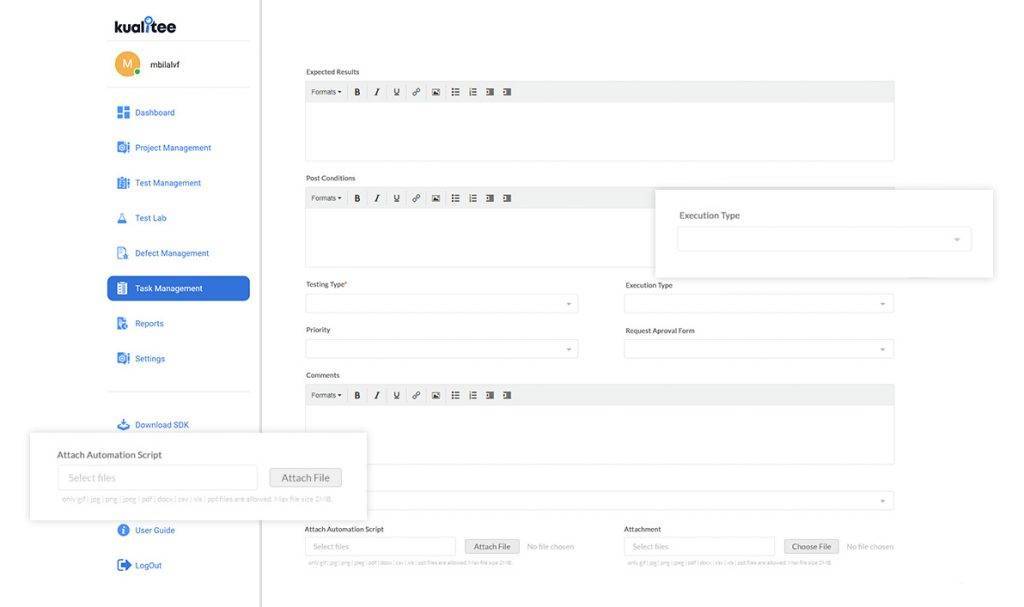These days, ensuring that your website or application is cross-browser compatible has become the mainstay for most businesses, if not all. Running your website on more than one browser means catering to a larger pool of potential customers, which brings in more revenue for you.
The term, cross-browser compatible, is relatively simple to describe too: a website or application that runs on more than one browser.
But that’s not always the case. There is a lot more to cross-browser compatibility than what meets the eye.
What is cross-browser compatibility?
There are several ways you could define cross-browser compatibility. The good news for us is that all these definitions share commonalities. By combining them, you end up with a somewhat accurate definition in “the ability of an application or website to support web browsers in an identical way”. But somewhat isn’t good enough for us. To fully understand what cross-browser compatibility is, we need to know what it isn’t.
Cross-browser compatibility isn’t the idea that an app or website will work identically on all browsers — simply because that is impossible. If your app or website works in an identical way on every browser, it means creating an equivalent user experience, not a perfect one. Take websites and compare them to their mobile site versions. Both allow users to have the same user experiences, but in different ways.
The importance of cross-browser capability shouldn’t be ignored. The number of people interacting online with businesses of all sorts has seen an explosive increase recently, especially during the pandemic. If you keep your focus on one browser, you miss out on a lot of other experiences. A good place to start is to target the big three: Microsoft Edge on PC, Chrome on Android, and Safari on iOS.
With this knowledge, let’s look at what it takes to be compatible across multiple browsers.
What causes cross-browser issues?
You can trace the general difference between browsers today back to the infamous “browser wars” that began in the 90s. Although some have adopted the foundations laid by Google’s Chrome, others like Safari and Mozilla Firefox are still worlds apart in terms of engineering. Some of these issues stemming from the 90s still exist today.
Today, most developers are expected to run into these problems:
- Forced incompatibility.
- The high amount of browsers across Operating Systems.
- Browser-related bugs.
- The transition to mobile. Moving to smaller screened devices makes for fewer input devices that create a completely different experience.
All of these problems make the jobs of testers and QA technicians difficult too. Making applications and websites to provide an equivalent experience, not an identical one is required, right? How does this impact testing? Do you need an equivalent or a unique set of tests?
Challenges of testing cross-browser websites and apps
QA technicians don’t just face the aforementioned issues when testing cross-browser compatibility though. Those are just the most common ones. Logistical ones are another game entirely. One of these is computing power. Cross-browser testing means requiring powerful machines to run each and every browser on multiple operating systems and browser versions. If you’re testing for mobile devices too, you’ve got a never-ending range to choose from.
This isn’t even considering the sheer volume of test iterations that are required. Just picture the set of tests needed for each browser and then making one small change to the application or the website. You’ll now be needed to run every set of tests all over again. This is perhaps why the need for defect management tools is on the rise.
Cross-browser compatibility continues to provide new and unique sets of problems for mobile platforms too. The different versions of JavaScript or multiple operating system versions all add to the mix. And as always, more capabilities mean more problems and more problems require a lot more testing.
Testing cross-browser compatibility for your website
First things first, developers need to be well-versed in the cross-compatible features that may be important to them. Some of these can be:
- Do I require my product to work on legacy or uncommon browsers?
- Do I require my product to work on cheap and/or outdated devices?
- Have I considered adding speech-to-text for accessibility?
- What qualifies as an “acceptable” user experience?
- What qualifies as a “reasonable” number of browsers?
After features come test plans. More specifically, QA technicians are required to test important features across browsers and operating systems. These technicians should also make a set of common tests that make sense for their product. Perhaps most importantly, they are required to find a smart way to execute these tests. This means that developers require a solid testing strategy.
Requirements for automation
Test automation and defect management tools for cross-browser capability testing have two roles. To start off, it must store the test results for each test, and log results over time. This may quickly provide results across browsers and permit you to match them. Furthermore, it’ll show the results of the tests for every version of the website. Testers will have a literally written account of the results of every change. Questions such as, “by moving that specific box did I break the format of the text around it?” and “if I changed the menu from a radial design to square, did I block the button from executing the items’ functions?” can be answered without wasting hours of a technician’s time.
Second, it must be ready to detect errors within the tests themselves. The complexity of site and app design results in an outsized volume of (often repetitive) tests. The tiny test changes over time cause many opportunities for errors to sneak in. For instance, removing a button from one version without removing the associated test. Suddenly, the testing stops, and a person has to go through the info to seek out why. This is often exacerbated in tools where each browser needs its own test to be written.
Conversely, a self-healing test recorder can reminisce on previous results and learn for itself what went wrong. During this scenario, the testing either corrects itself or notifies a tester of exactly what and where the testing broke.
The requirement for machine learning
Machine learning is the tool that permits self-healing. The test automation tool must learn from its tests over time. Specifically, it must be ready to search through its previous results, have some idea of what results should be coming, and take corrective action once they disagree.
How Kualitee helps
Kualitee is arguably the best defect management tool that works with automation tools, in the market today. The software offers advanced capabilities that completely revolutionize how you can manage your test automation in one application. Kualitee also offers detailed visual testing abilities, enabling you to see how the site has evolved over time. All-in-all, these features make Kualitee the ideal cross-browser testing tool.



























